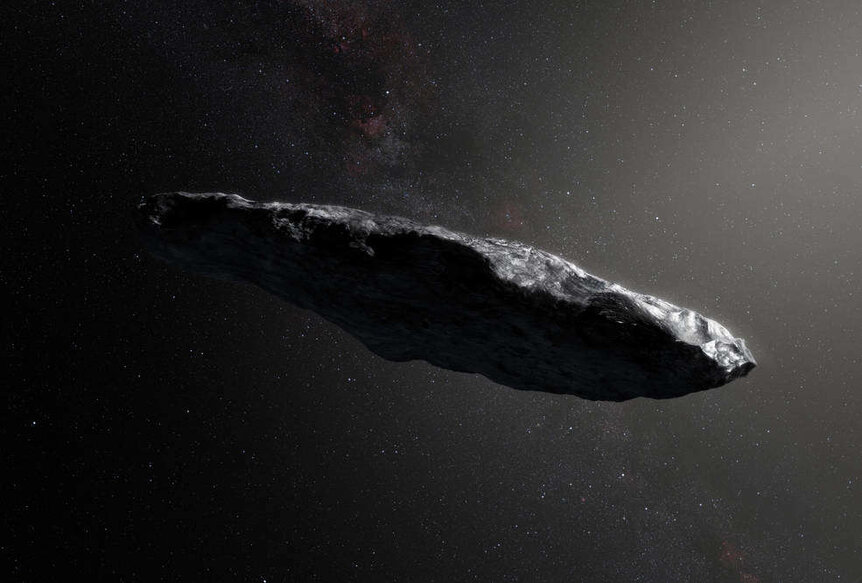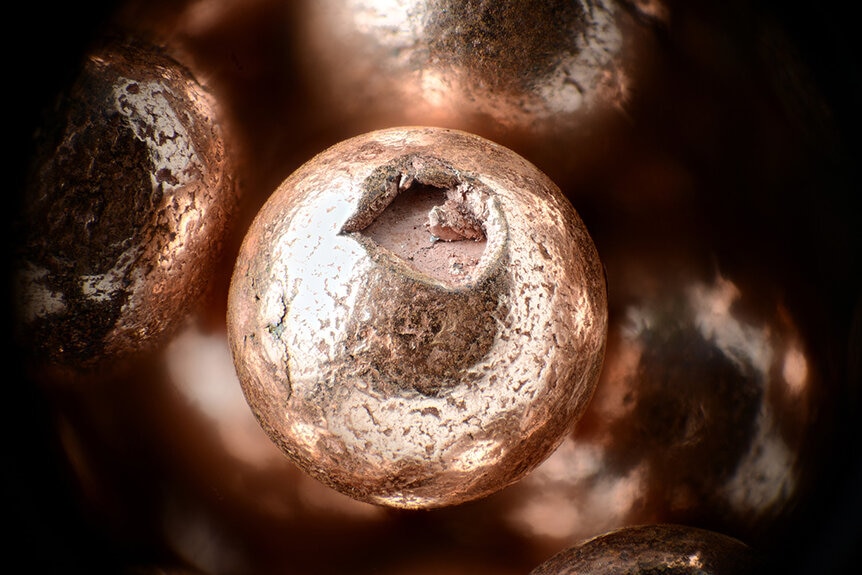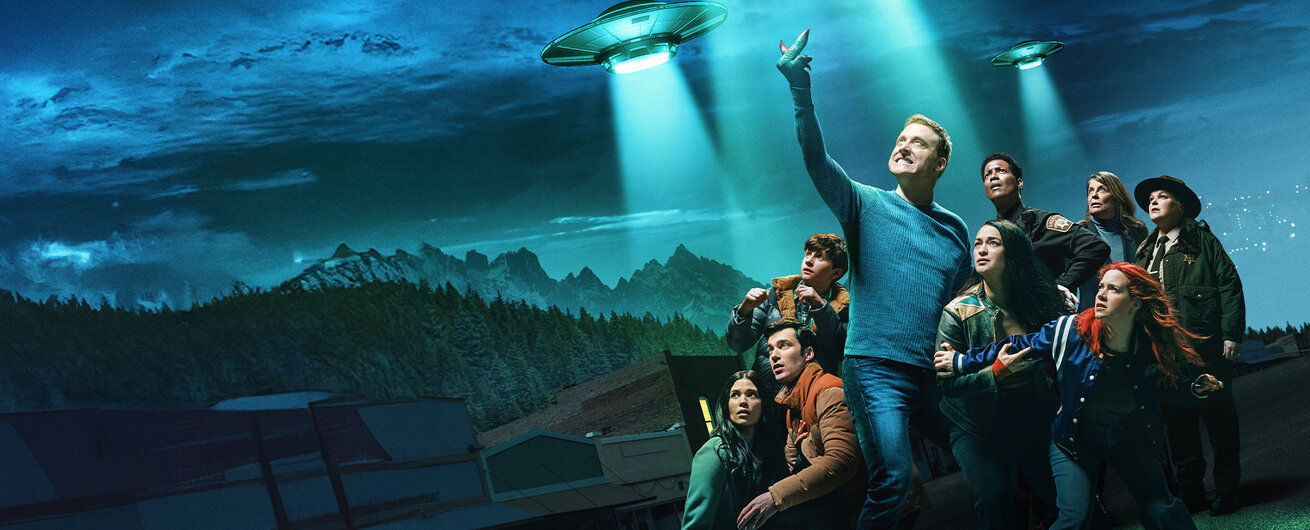Create a free profile to get unlimited access to exclusive videos, sweepstakes, and more!
Harvard Astronomer Hunting for UFOs on the Ocean Floor May Have Found... Something
We're going to find aliens or die trying.
Imagine, if you will, a universe in which an advanced collective of intelligent aliens looks out for all the planets in the cosmos. Having located the Earth, they send an emissary to protect our small blue world. That’s the premise behind SYFY’s Resident Alien, streaming now on Peacock. It sounds nice, doesn’t it? The only trouble is the biggest threat the emissary sees to the safety of our world is us. Good news for us, his ship was struck by lightning on approach, and he crash landed in Colorado. That’s certainly better than the bottom of the ocean.
If you crash randomly someplace on Earth, odds are you’ll end up in the water. If Harvard astronomer Abraham “Avi” Loeb is correct, that’s what happened to a piece of alien technology back in 2014, and he may have just found it.
Interstellar Meteors or Alien Technology?
In 2014, a medium-sized impactor cut through the atmosphere and smashed into the South Pacific off the coast of New Guinea. At the time, everyone thought it was like every other piece of ice, rock, or metal we’ve encountered, but then ‘Oumuamua happened.
RELATED: ‘Oumuamua’s Weird Motion Has an Explanation, And It Isn’t Aliens
If you recall, ‘Oumuamua was a cigar-shaped asteroid which passed through our solar system in 2017. Based on its speed and trajectory, astronomers were able to confirm that it came from outside of our solar system. By the time we realized what we were looking at, it was already on its way back out toward interstellar space. Since ‘Oumuamua’s brief visit, countless explanations have been suggested for its origin and behavior, including that it was an alien space probe sent to investigate our solar system.
In November 2018, Loeb co-authored a paper in The Astrophysical Journal Letters suggesting that ‘Oumuamua might be the alien equivalent of a light-sail used to transport interstellar spacecraft. Maybe that’s because he spent years working on Breakthrough Starshot, a project aiming to send laser-propelled light sail equipped miniature probes to another star. When you’re in the business of making interstellar space probes, you might be primed to see them even if they aren’t there.
The discovery of ‘Oumuamua made it clear that objects like asteroids (or alien light sails) can make the trip between stars. Moreover, astronomers knew ‘Oumuamua wasn’t the first and only one, just the first one we were sure of. Which takes us back to the 2014 meteorite.
Loeb co-authored another paper, this time with a student, Amir Siraj, suggesting that the meteorite was yet another interstellar object, based on its speed and orbital trajectory. Later, the Department of Defense issued a statement in support of Loeb and Siraj’s hypothesis. The statement reads, in part, “Dr. Joel Mozer, the Chief Scientists of Space Operations Command, the United States Space Force service component of the U.S. Space Command, reviewed analysis of additional data available to the Department of Defense related to this finding. Dr. Mozer confirmed that the velocity estimate reported to NASA is sufficiently accurate to indicate an interstellar trajectory.”
RELATED: Harvard astrophysicist Avi Loeb's new book insists 'Oumuamua was alien tech
Having locked down an interstellar origin, Loeb set about recovering any remains of the object, now dubbed Interstellar Meteor 1 (IM1). He’s interested in IM1 not only because it’s a piece of material from beyond our solar system, but because he thinks there’s a good chance — or he’s at least operating on the assumption — that it’s a piece of technology made by aliens.
Hunting for UFOs at the Bottom of the Ocean
Loeb and a team have spent weeks aboard a ship in the South Pacific, dragging a giant magnet across IM1’s impact path. They’re looking for shards of the meteor and, hopefully, for a big chunk if any still exist.
In a Medium post, Loeb reported that the team were celebrating the recovery of the 50th spherule — small spheres of metal created when pieces of a meteorite melt on entry or impact — recovered from along IM1’s impact path. The spherules weigh about 35 milligrams in total and could be pieces of the first confirmed interstellar meteorite. They might also, if Loeb gets his way, be pieces of an alien space probe.
Now the team will shift focus to analyzing their finds, looking at chemical and isotopic composition to see if anything looks fishy. Loeb noted, “Given IM1’s high speed and anomalous material strength, its source must have been a natural environment different from the solar system, or an extraterrestrial technological civilization.”
It seems likely that Loeb and his team found something on the ocean floor. There’s a pretty good chance those spherules came from a meteorite and a non-zero chance that it came from IM1, giving astronomers an opportunity to study interstellar material up close. Whether they’ve found any unexplained alien alloys or a message from beyond the stars remains to be seen.
While we’re waiting for aliens to call us, catch up on Resident Alien, streaming now on Peacock!




































